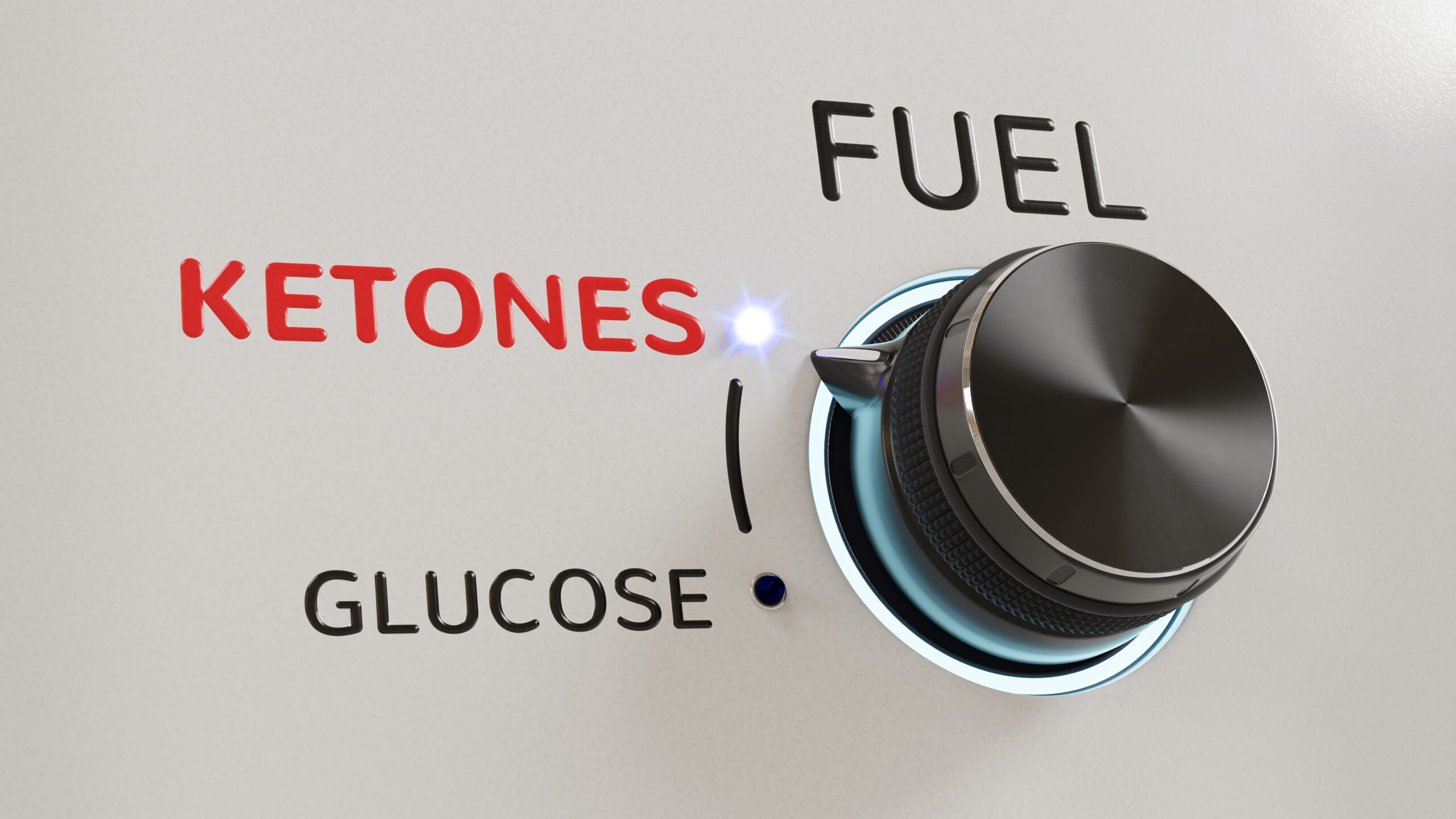 Balanced nutrition, appropriate eating habits, and physical involvement are key ways to achieve a healthy weight and physique. As various health and fitness trends emerge today, people might often get confused about which one would suit them best according to their concerns and desired outcomes.
Balanced nutrition, appropriate eating habits, and physical involvement are key ways to achieve a healthy weight and physique. As various health and fitness trends emerge today, people might often get confused about which one would suit them best according to their concerns and desired outcomes.
Among these trends, the intermittent fasting (IF) technique is a famous one. While many people are hopping onto the trend, it’s important to understand what intermittent fasting means fully.
Table of Contents
What Is Intermittent Fasting?
A big misconception about intermittent fasting is that this type of diet focuses only on weight loss. The truth is, IF helps you achieve the healthy lifestyle you’ve been planning for yourself.
Intermittent fasting (IF) is an eating pattern that identifies which time is best to eat your current diet. If you’re following this approach, you should have a specific schedule to eat your meals.
Intermittent fasting presents science-backed, potential health benefits, which include:
- Lowers risk for type 2 diabetes – sell diabetic test strips and other diabetic supplies.
- Lose weight and belly fat
- Induces essential cell repair processes in the body
- Lessen oxidative stress and inflammation
- Beneficial for heart health
- Beneficial for brain
- Prevent Alzheimer’s disease
- Prevent cancer
- Extend one’s lifespan
What Intermittent Fasting Does To Your Body

In this article, you’ll explore how intermittent fasting works and what it does to your body. Essentially, take note of the importance of bodily processes such as ketosis and autophagy that will be elaborated later on.
1. The Eating Phase
Generally, people choose between two ways of carrying out intermittent fasting. The first method is time-restricted eating done through compressing meals between 8 to 10 hours, then fasting for 14 to 16 hours, or more, overnight. The other one is the 5:2 diet composed of normal eating in five days, and then reducing calorie intake by 75% for the next two days.
Intermittent fasting starts after your meal consumption. During your well-fed state, your body is on “growth” mode. Your food is converted into glucose that fuels cell processes inside your body, such as cell growth, synthesis, and division. About 1/4 of the converted glucose goes straight into the brain and 3/4 for the muscles and blood cells.
Eating also powers certain genes essential for cell survival. However, while these genes are powered on, some genes are powered off when not fasting, including genes for stress resistance, fat metabolism, and damage repair.
2. The Metabolic Phase
Intermittent fasting starts after your meal consumption. As you go on further without refeeding, your body uses up the stored energy from your last meal. After 6-12 hours of fasting, depending on your blood sugar levels, your body enters the metabolic state called ketosis.
In ketosis, your body begins to break down, burn, and use fat. Ketone bodies produced from your liver will become an alternative energy source for your body systems.
Ketosis embodies the essence of intermittent fasting. It’s the ideal state to achieve for people who want to lose weight through IF. However, this phase the most difficult to endure. If you want to achieve a healthier lifestyle through IF, you must start seamlessly and be consistent.
Along with fat utilization, your body releases uric acid and cholesterol into the bloodstream. These substances are used for detoxification, amplifying your fasting journey.
3. The Autophagic Phase
Within 16 to 20 hours of fasting, you’ll go into a process known as autophagy. This process is vital for your body’s renewal. During autophagy, these events will occur:
- Removal of damaged cellular components
- Stimulates growth hormone production
- Amps up cell renewal
- Regeneration of new cellular materials
- Fight off and eliminate traces of bacteria or virus after an infection
Moreover, autophagy is currently being used as a tool to achieve a better understanding of neurodegenerative diseases like Alzheimer’s and Parkinson’s disease.
4. The Refeeding Stage
After undergoing long hours of fasting, keep in mind that refeeding is as important as fasting. The refeeding stage involves fueling your body with a wholesome meal made of high fat and low carb content.
In this stage, you need to be careful in breaking your fast, or you’ll end up losing your progress and putting yourself into the worst scenario. As your body revs up for another fuel source, you shouldn’t break the fast with any high-carb, sugary, and processed food.
If it’s your first time to engage in intermittent fasting, you’ll experience the side effects of refeeding. During fasting, your stomach won’t produce as many digestive enzymes and juices as it can during normal eating. Once your stomach receives food after fasting, it will take a while for it to digest.
In these instances, you’ll potentially experience the following:
- Bloating
- Diarrhea
- Gas pains
- Passing of undigested food
- Loose stools
As your body gets more used to consistent, intermittent fasting, your gut will eventually calm down. Don’t be discouraged after trying out IF for the first time then experiencing these troubles. Your body will slowly adjust to the process.
Takeaways
Intermittent fasting is an excellent way to spruce up your diet. Provided with a clear understanding of what IF is all about, you can guarantee a safe transition into this eating technique. Through knowing what normally happens inside your body during IF, you’ll set the right expectations and carry out your fasting appropriately.
